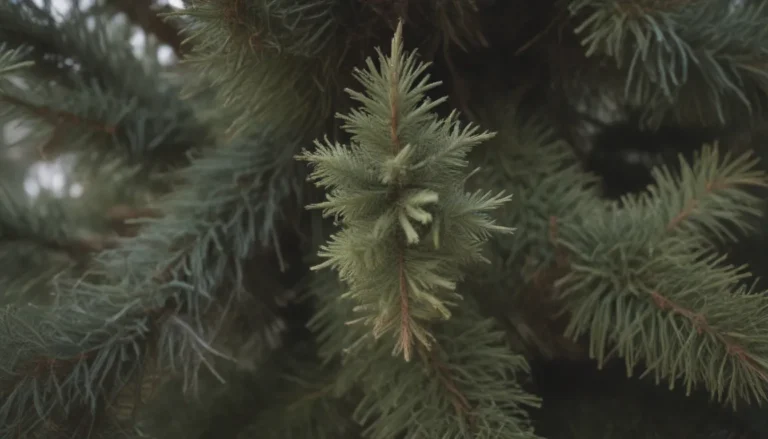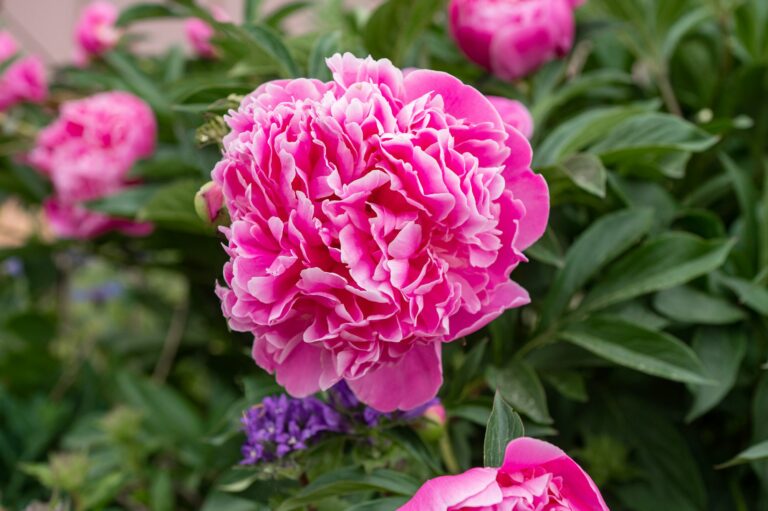How to Grow and Care for Moonflower: Your Complete Guide

If you’re looking to add a touch of beauty and fragrance to your garden, look no further than the Moonflower. This tender perennial vine can transform your outdoor space with its enchanting, night-blooming blooms. Often compared to the morning glory, the Moonflower features large, heart-shaped leaves and trumpet-shaped flowers that release a sweet fragrance into the night air. In this comprehensive guide, we’ll explore everything you need to know about growing and caring for Moonflowers in your garden.
The Beauty of Moonflower
If you want to create a stunning night garden, Moonflowers are a must-have addition. These vines begin blooming in mid-summer and continue to dazzle until fall. The iridescent white flowers can grow up to 6 inches long and 3 to 6 inches wide, making them a captivating sight in the moonlight. Best planted in the spring after the threat of frost has passed, Moonflowers can quickly reach lengths of 10 to 20 feet in just one season. However, it’s essential to note that Moonflowers, like other members of the Ipomoea genus, have hallucinogenic seeds and are mildly toxic to humans and pets. So, exercise caution when planting them in homes with small children or pets.
Moonflower Care Tips
Taking care of Moonflowers is relatively straightforward. With regular watering and feeding, these vines will thrive in your garden. Here are some essential care tips to keep your Moonflowers healthy and vibrant:
- Support Structure: Moonflowers have a climbing growth habit, so provide them with a trellis or support structure.
- Watering: Keep the soil moist but not soggy, and water established plants when the top inch of soil feels dry.
- Light: Moonflowers thrive in full sun, with at least six hours of direct sunlight each day.
- Soil: These vines prefer rich, loamy soil with good drainage and a slightly acidic to neutral pH.
- Pruning: In warmer regions, prune Moonflowers in the fall to maintain their shape and promote airflow.
- Fertilizing: Use a half-strength, high-phosphorus fertilizer every three to four weeks when the plant is in bloom.
Types of Moonflower
While Ipomoea alba is the most common type of Moonflower, there are other plants that share the common name. Some similar species include:
- Ipomoea leptophylla
- Ipomoea violacea
Propagating Moonflower
While propagating Moonflowers from vegetative stem cuttings can be challenging, these plants self-seed readily, making it easy to obtain new plants from volunteers that sprout from dropped seeds. To grow Moonflowers from seed, follow these steps:
- Harvest seeds from dried seed pods after the flowers fade.
- Start seeds indoors four to six weeks before your area’s last frost date.
- Soak seeds overnight or nick them with a file before planting.
- Plant seeds in a seed-starting mix, about 1/4 inch deep.
- Acclimate seedlings to direct sunlight before planting outdoors.
Overwintering Moonflower
In cold-winter zones, remove the entire plant from the ground when the flowers fade to prevent uncontrolled spread from self-seeding. In warm-weather regions where Moonflowers grow as perennials, pluck out volunteer plants in the winter to avoid excessive spreading.
Common Problems and Remedies
Even though Moonflowers are relatively low-maintenance plants, they can encounter a few issues. Here are some common problems and solutions:
- Yellow lesions on leaves: Likely caused by black rot due to overcrowding and excessive moisture. Untangle vines and avoid watering from above.
- Seedlings dying: Damping-off disease can affect healthy seedlings. Ensure proper air circulation and avoid overwatering or overcrowding.
Moonflowers in the Garden
Moonflowers are versatile plants that can be grown in various settings. Here are some ideas for incorporating Moonflowers into your garden:
- Companion Plants: Pair Moonflowers with white-flowering tobacco, star jasmine, or lamb’s ear for a stunning display.
- Containers: Moonflowers thrive in hanging baskets and containers, making them ideal for patios and decks.
- Propagation: Harvest seeds from dried flowers to grow new Moonflower plants.
With the right care and attention, Moonflowers can add a touch of magic to your garden, blooming under the moonlight and enchanting all who see them. So, why not give these captivating vines a try in your outdoor space?
By following these tips and guidelines, you can cultivate beautiful Moonflowers that will flourish in your garden, bringing beauty and fragrance to your outdoor oasis. So, roll up your sleeves, grab your gardening tools, and let the magic of Moonflowers transform your garden into a nighttime paradise!





